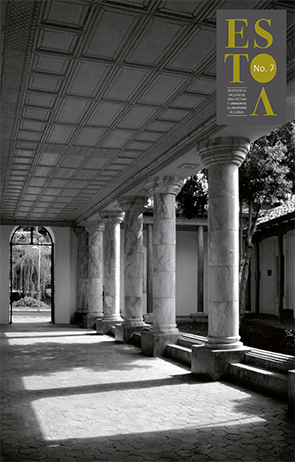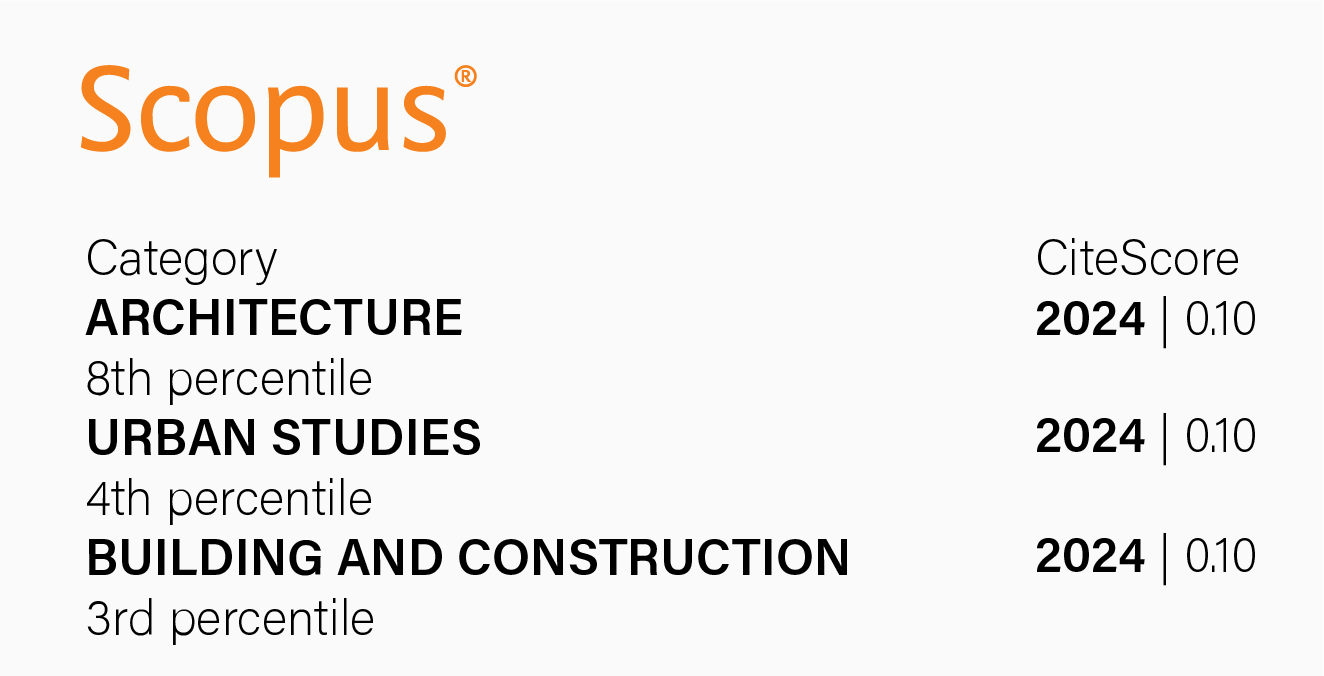New ways of inhabiting the city: Aerotropolis and Generic City. The case of Quito
DOI:
https://doi.org/10.18537/est.v004.n007.03Abstract
Is the contemporary city like the contemporary airport- “all the same”? This hypothesis in "The Generic City" (Koolhaas, 1997) is even more controversial with the following scenario: what happens when a territory is planned based on an airport, a "non-place", as qualified by Marc Augé? (Augé, 1993) The "aerotropolis" is an urban model that has been applied in various cities around the world in general terms, despite the obvious differences that may exist in cultural, geographical, economic, idiosyncratic, and sociopolitical aspects. John Kasarda, author of the concept of aerotropolis (Kasarda, 2000), argues that although their basic planning principles can be applied to most places, the successful implementation of an aerotropolis relies strongly on local factors. Can the airport and its affected territory reach a symbiotic integration, where the first one contributes with an economic capital and the second one with the identity? Through the case of the New Quito International Airport, we reflect on this dispute through a critical analysis of its territory. Strategies like the contrast with the Greek polis, or the approach to intelligent territories, provide lights to the debate on this new form of living and planning the city.
Keywords: aerotropolis, generic city, Quito, smart territory.
Downloads
References
Arend, M. et al. “Assessing the State of Global Infrastructure “. The Wall Street Journal.
Augé, M. Los "no lugares”. Espacios del anonimato. Barcelona: Gedisa, 1993.
Barba, J.J. “Ciudad genérica y ciudad queer”. Revista Formas 17. COACM, (2007): 14-25.
Concejo Metropolitano de Quito. Ordenanza Metropolitana 0037 (Mayo 2009) De zonificación que contiene el Plan Parcial de Ordenamiento Territorial de la Zona Aeropuerto -parroquias nororientales- (PPZA). Registro Oficial N° 596. Año III. Quito, 2009.
Enguita, A. “El Mega-aeropuerto de Barajas y su incidencia en la región urbana de Madrid”. Revista Urbanismo 13. Madrid: Colegio Oficial de Arquitectos (1991): 80-83.
Güller, M. Del aeropuerto a la ciudad aeropuerto. Barcelona: Gustavo Gili, 2002.
Kasarda, J. y Lindsay, G. Aerotropolis: The Way We'll Live Next. Londres: Penguin Books, 2012.
Kasarda, J. y Lindsay, G. “Aerotropolis: The Way We’ll Live Next?”. Atlantis Magazine by Polis 3. 22 (2011a): 12-14.
Kasarda, J. y Lindsay, G. “The Aerotropolis and Global Competitiveness”. Revista Global Cities (2011b): 16-19.
Kasarda, J. y Lindsay, G. “Shopping in the airport city and aerotropolis. New Retail destinations in the aviation century”. Revista Airport Retail. Research Review, vol. 15. 2 (2008): 50-56.
Kasarda, J. y Lindsay, G. “Planning the Aerotropolis”. Revista “Airport World”, 5 vol. (2000): 52-53.
Koolhaas, R. Mutaciones. Barcelona: Actar, 2000.
Koolhaas, R. La Ciudad Genérica. Barcelona: Gustavo Gili, 1997.
Proaño, I. “La Aerotrópolis: una ciudad que se abre al mundo”. Revista Capital. Economía y sociedad en la mitad del mundo (2008): 34-38.
S.A. “Tababela alista su plan comercial”. El Comercio (Quito) 1 de mayo 2009.
S.A. “El nuevo aeropuerto recibe dos premios”. El Comercio (Quito) 25 de agosto 2009.
Salazar, J. “Aeropuerto a la vista”. El Comercio (Quito) 4 de junio 2006.
Soja, E. Del L. “Seis discursos sobre la postmetrópolis”. Lo Urbano en 20 autores contemporáneos, Ramos A. (ed.). Barcelona: ETSAB, 2004.
Downloads
Published
How to Cite
Issue
Section
License
The Journal declines any responsibility for possible conflicts derived from the authorship of the works that are published in it.
The University of Cuenca in Ecuador conserves the patrimonial rights (copyright) of the published works and will favor the reuse of the same ones, these can be: copy, use, diffuse, transmit and expose publicly.
Unless otherwise indicated, all contents of the electronic edition are distributed under a Creative Commons Attribution-NonCommercial-ShareAlike 4.0 International License.




